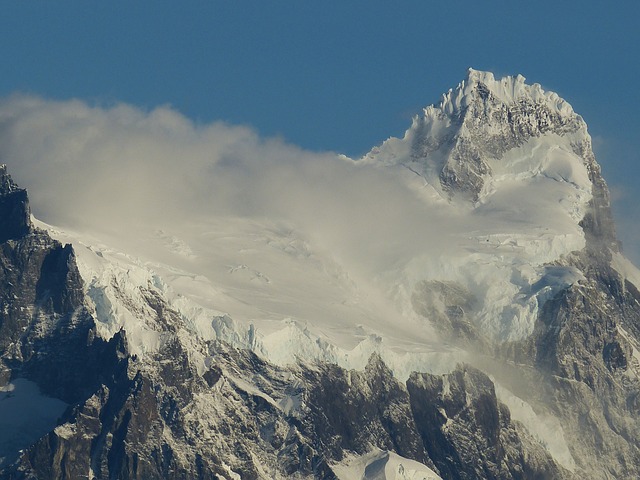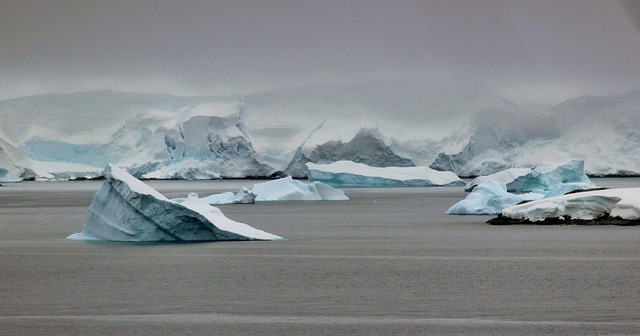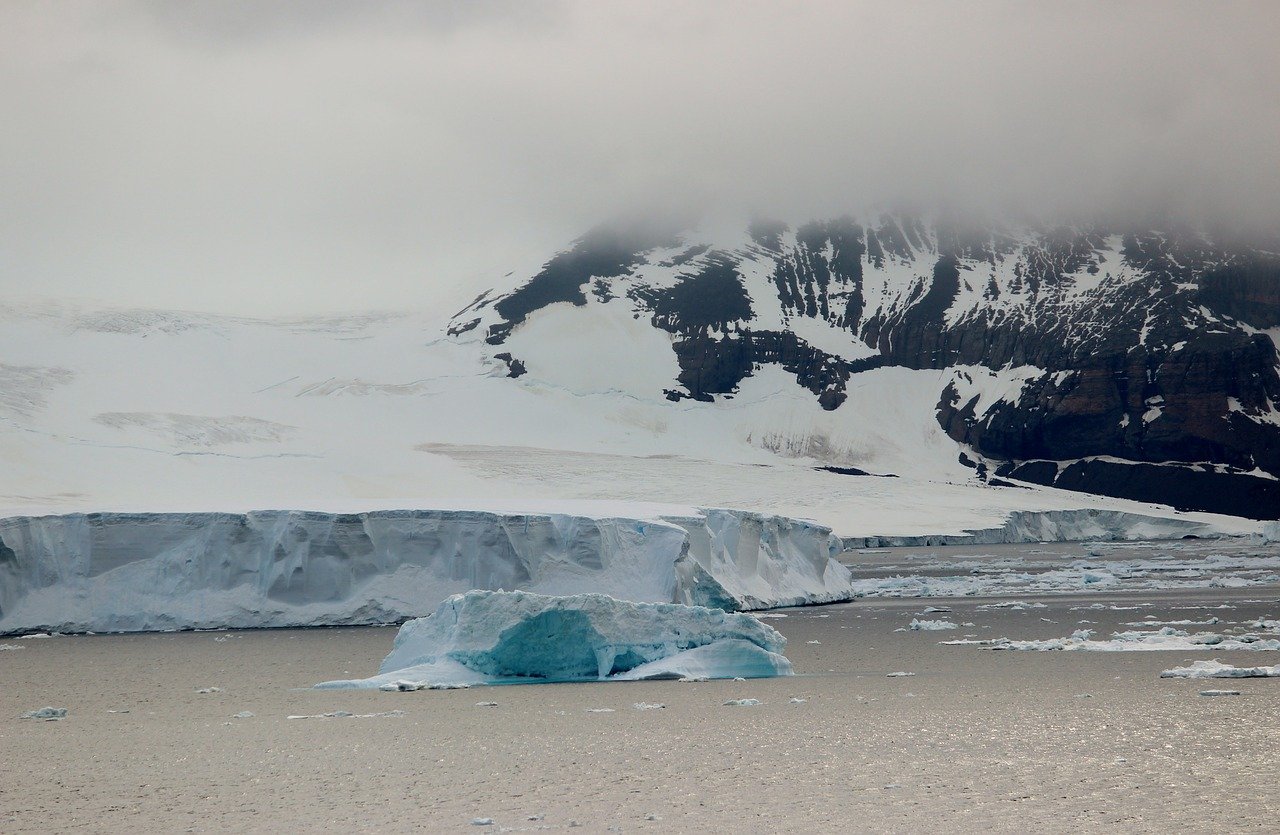What are the effects of ice to change the Earth’s surface? How Does ice Change The Earth’s Surface?
Over much of the northern part of our country is a layer of soil and rock that was not formed there. In some places, this layer is 500 feet deep. Yet geologists know that it came from somewhere else. Huge sheets of ice, called glaciers, moved down from the north and then melted back again at least four times. They brought with them many cubic miles of rock, sand, and clay, which covered up the land. As these glaciers pushed their way along, they smoothed off hilltops and filled in valleys from Canada to the Missouri and Ohio rivers and from the mountains of the West to the Atlantic Ocean.

Source : pixabay.com
Much of the fertile soil that we now have in this part of our country was made by the great ice sheets. Niagara Falls has its present form because of them. They also formed the Great Lakes and countless smaller lakes in New England, New York, Michigan, Wisconsin, and Minnesota. The last great ice sheet began to melt away from the United States about 10,000 years ago. But mountain glaciers are still found in the Rocky Mountains of North America, the Alps of Europe, and the Himalayas of Asia. Of course, there are also glaciers in the regions around the North and South Poles. These glaciers may be left from the glacial period that began to end about 10,000 years ago.
For ice to form a glacier takes a long time. If you live where snow is common in winter, you have probably seen a snowdrift that lasted until early spring. Toward the end, the drift does not seem like snow. It is more like ice. The snow has slowly changed into bits of ice and then has frozen into almost solid ice. This is the way that a glacier forms. In colder regions where there is much snow, not all of it melts during the summer. Each year more and more snow is added and changed to ice. A very thick layer of ice is gradually formed. Then, because of gravity, this ice moves down from the mountains through the valleys until it reaches a place where it melts as fast as it flows down.

Source : pixabay.com
You may find it hard to imagine that a sheet of ice can move across hundreds of miles of almost level land and push its way over high heels and low mountains. Yet geologists have found that Greenland is nearly covered by a glacier which moves in just this way. Near the center of Greenland the ice is about a mile and a half thick. The great weight in the center makes the ice flow out toward the edges. The ice sheets that covered much of North America and a large part of Europe probably moved in much the same way. The center of the glacier was far to the north in the cold arctic regions.
Geologists are not sure how a glacier moves, but most of them think that the ice melts in spots where the pressure is greatest. Then after the water flows into a place where the pressure is lower, it freezes again. So the whole glacier moves along by melting and freezing again a little at a time. Careful observations show that some glaciers may move as much as 60 to 70 feet a day. However, most glaciers move much more slowly.
A moving glacier picks up and carries with it all the loose materials in its path. Stones held by the ice scrape along the bottom of a valley, smoothing rough places, deepening the valley, and leaving scratches in the solid rock. So a glacial valley is rounded and smooth, not irregular and rough like a valley made by a stream. The scratches on the rock show that a glacier moved over the land and also the direction in which it moved.
When a glacier melts, it drops its load of stones, ground-up rock, and clay. The materials left by a glacier are often called glacial drift. A ridge formed from these materials at the end or the sides of a glacier is known as a moraine.

Source : pixabay.com
Even after all the ice is gone, geologists can tell a moraine from other deposits. In a moraine, the stones, sand, and clay are all mixed up together. They are not sorted according to their size and weight as they are by water. Also, many of the stones have flat sides and are scratched in a peculiar way. They are not rounded and smooth like those that have been left by water.
Perhaps you have noticed water streaming from under snow and ice as they melt. Something like this happens when a glacier melts, only there is more water. Glacial streams may be as big as rivers. So they can wear down the land and carry away much of the material brought down by a glacier. They may even wash away the moraines. Sometimes as a glacier melts back, a moraine is left like a dam across a valley. Water collects behind the moraine and forms one kind of glacial lake. Other kinds of glacial lakes form in low places in glacial drift or in hollows that were dug out by the glacier.

Source : pixabay.com
You have learned how wind, water, and ice wear down rocks and soil and carry them away. Wind can lift soil and sand, but it cannot raise them very much. Dunes made by the wind are seldom more than a few hundred feet high, and usually they are much lower. Water moves rocks and soil from higher places and leaves them at lower levels. For the most part, ice does the same thing. As erosion goes on for millions of years, the higher parts of the earth are worn down and the lower parts filled in. But you know that erosion does not cause all the changes in the earth’s surface. Other changes also take place, and these changes build up the land again.